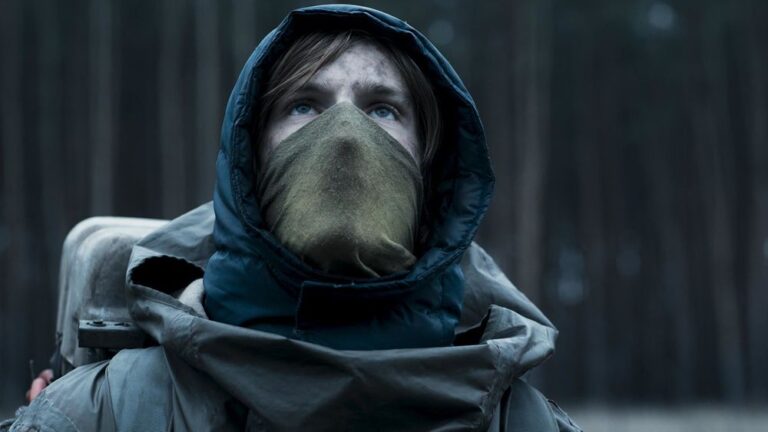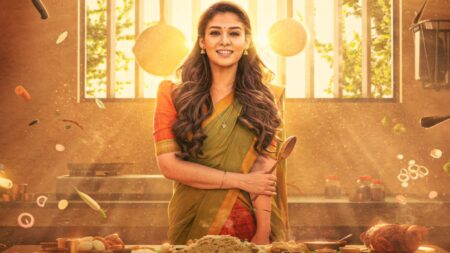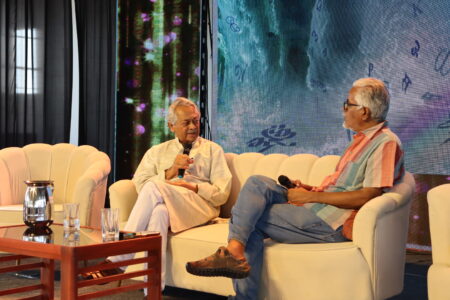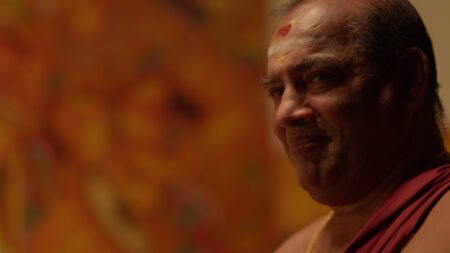The German web series helps aspiring writers to experiment with the boundaries of imaginative writing by toying with complex themes, ideas, and ideologies to offer a cerebral and fulfilling movie experience.
“It is during our darkest moments that we must focus to see the light.”
Typically, it would be extremely pretentious to start an essay on a web-series with a quote from Aristotle. But with Dark, it’s kosher. The German sci-fi-cum-psy-fi drama series created by Jantje Friese and Baran bo Odar and aired on Netflix is known for its philosophically rich writing. Dark has already earned a name in the binge-watch circuit for its gripping, tense and terse narrative that has inarguably redefined cinema as we have known it so far.
The three-season (26 episodes) German web series has boldly pushed the boundaries of imaginative writing by dexterously introducing a web of complex themes, ideas and ideologies into screenwriting and, in the process, setting off a new kind of cinematic experience that is cerebral, cognitively content and, or yet, aesthetically fulfilling. A fitting comparison is the web-series Fargo (three seasons, inspired by the eponymous movie directed by Coen Brothers), created by the brilliant Noah Hawley. But Dark stays several notches up and becomes a modern epic.
Time pieces
For starters, Dark is a time-travel drama that is set in the fictional German town of Winden where a series of strange occurrences throw open a Pandora’s box, triggering cataclysmic events that cut across time and space. Already the cyberspace is abuzz with analyses, appreciations and accolades and most discussions centre around the complex plot and how to understand the narrative in such a way that the pleasure of viewing is not lost in the process.
Interestingly, the most striking feature of the series is its screenplay, which is a modern masterclass and will remain a great inspiration for future generations of screenwriters. A clutch of factors stands out in the screenplay of Dark, written by a team of writers (Daphne Ferraro, Ronny Schalk, Marc O. Seng, Martin Behnke and creators Jantje Friese and Baran bo Odar). Of these, the most striking element is the structure of the screenplay. The story structure is in sync with the theme – time travel. In a way, Dark sees ‘time’ as a cylindrical ‘entity’, something you can enter from anywhere and not exactly linear or even non-linear.
Dark’s narrative follows this structure. Characters merrily enter, exit or get stuck in various time zones even when they let their stories live in the respective zones and spaces. Existence is just a matter of time and space. It matters to know where you are now, but that knowledge is incomplete. What matters is where you have been and where you will be. For most characters in Dark, existence is multi-dimensional. They live across time and space. As a character puts it, “Our thinking is shaped by dualism. Entrance, exit. Black, white. Good, evil. Everything appears as opposite pairs. But that’s wrong.” Dark demands a viewing experience that breaks the tyranny of dualism.
Each sequence marks the entry points and exit points. The plot points don’t veer away into unwanted territories to confuse the viewer. For instance, even though the story happens in a timespan of over 150 years from 1888 to 2040, a period that has seen tumultuous events globally, from world wars to political upheavals, the narrative skips deep dives into such allied events and sticks to the core.
Entry from everywhere
That’s a huge risk for a writer. It would be interesting to note that Baran bo Odar wrote and directed the critically acclaimed 2010 German film The Silence (Das letzte Schweigen) based on a crime novel by Jan Costin Wagner. The Silence is arguably one of the best crime movies European cinema has produced in the past decade or beyond. Much like Dark, The Silence also deals with stark, complex emotions and weaves an intricate web of events that culminate in a philosophically intimidating catastrophe.
Approaching the structure cyclically and cylindrically is one of the salient features of Dark’s screenplay. The next important factor is the courage the writers have shown in writing dialogues. Almost every dialogue in Dark is a study in itself. Rarely one comes across such exceptionally evocative and enchanting dialogues in a series of this length. Netflix’s own Narcos has shown such brilliance but that is not sustained. Dark dabbles with complex concepts in philosophy, quantum physics, metaphysics, various schools of art, and concepts in electronics and engineering and distils them into pithy aphoristic dialogues that are impressive for their shelf life.
The dialogues mirror the philosophical richness of the plot. When a character says “fear is the worst enemy of progress”, it takes a comical jibe at the dillydally-ness of policymaking and the public lethargy towards radical changes. But at the same time, what happens in the end to the ‘progress’ that the story hints at (from accepting nuclear power to changing the future) becomes a counter-thesis to the problem the very same dialogue poses. Progress then becomes fear. Or fear becomes progress.
End not in sight
Another example is the much-celebrated “The end is the beginning, and the beginning is the end”. At the very outset, this sums up the entire show. It tells the viewer what it knows about what is happening to the people of Winden. Elsewhere in the story Jonas, the protagonist, says “What we know is a drop. What we don’t know is an ocean.” In a way, what we know about the end is also what we know about the beginning and in between lies a string of events and emotions that can influence and counter-influence the start and the end and everything in between or beyond.
“Every decision for something is a decision against something else,” says a bigger Jonas later. In Dark, people make (they are forced to make) strange choices that make their life (or lives) a wreck for myriad reasons. Interestingly enough, not even one character in the series is capable of taking a meaningful decision that culminates in a positive outcome, neither for themselves nor for others. Because they are controlled by their ‘times’. As a character says “What if everything that came from the past was influenced by the future?”
err, not aver
Everyone makes mistakes in Dark. “We are all full of sin. No pure human being exists,” says a Noah, a wanderer. “Good and evil are a question of perspective,” reasons another character midway into the story. They all know that “We’re wanderers in the darkness.” They wander and they are lost, in time and space. Often, they are stuck, against their wishes. Imprisoned by time and space, they yearn for a saviour, then live in denial and then succumb to the inevitable because by then they have realised that they are the sum of their actions. “We are not free in what we do because we are not free in what we want.”
As a young one says in the series, “the distinction between past, present and future is nothing but an illusion.” Dark is an illusion. It is a paradox unto itself. As another interesting character — the effervescent and enigmatic Ines Kahnwald — sums up: “Have you heard of Master Zhuang’s paradox? ‘I dreamt I was a butterfly. Now I’ve woken up and I no longer know if I’m a person who dreamed he’s a butterfly or if I’m a butterfly who’s dreaming it’s a person.’ It is an antithesis to the idea of a series. It is counterculture.
Liked Dark? Write to us to know more at editor@indiaartreview.




